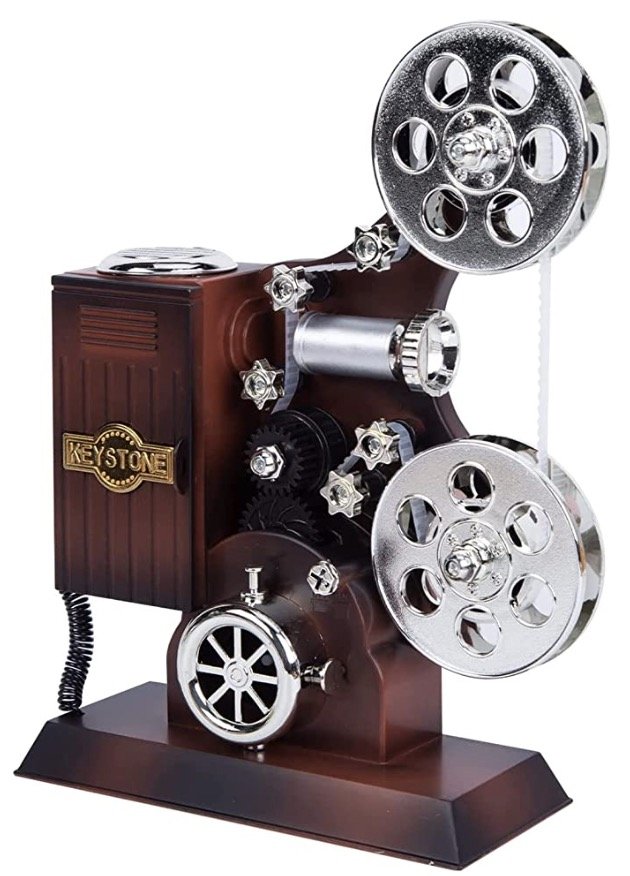
HUE EXPLORER
Overview
At kids very young age, they start learning fundamental principles such as size, color, number, animal, fruit, and vegetable at a junior level. The form and content should keep simple, but at the same time, it should arouse their interest. Toys are an excellent medium for kids to learn and develop. Hue Explorer aims to urge preschool kids to practice their perception of fundamental color theory via natural lights, and at the same time, the open-ended mode will practice their imagination.
Industrial Design, Toy Design
2023 Spring, San Francisco
Solo Project
Duration: 2 Months
Tools
Adobe Illustrator, PhotoShop, Laser Cut, 3D Printing
The Problems
Electronic Device Addiction
It is a tendency for young kids to learn knowledge with digital devices. Many parents are worried about their kids’ vision health development.
Space Limitation
Some color teaching toys for kids use flashlights and colorful LED lights. The dispersion of light is very dependent on a dark environment.
Compulsory Supervision
Physical reactions like liquid mixing experiments should be supervised by parents to avoid accidental ingestion.

“How might we provide a safe and natural environment,
incorporating natural lights, simplicity, and inspiration into a color educational toy for preschool kids?”
My Solution
Rolling Plate
Observe color change while rolling the plates in the experimental process.
Acrylic Puzzle
Insert and assemble the sculptures with a set of acrylics according to the different slots.
Overlayed Fusion
Force kids to play in a bright environment to see details caused by optical color fusion.
Introducing Hue Explorer
The Color Explorer is an educational toy designed for preschoolers. It features a sandwich structure consisting of wooden plates and a rolling plate. This colorful toy includes a series of acrylic boards engraved with animal patterns, fostering children's sense of safety and curiosity.
01. Rolling Fusion
constant fusion of colors
According to different acrylic board rotations, color constantly changes for kids to perceive the facts of color fusion.
Hue Explorer also supports multi-direction exploration, either vertical or horizontal rolling.
02. Open-ended Exploration
building block time
A versatile set of acrylic boards in rectangular and round shapes to empower kids to build sculptures based on their interests. There are no limitations while playing for fun with endless possibilities, which foster their creation and exploration as they observe their outcomes.
03. Size Match Practice
vertical or horizontal
Two kinds of slots on the wood plates. It is hands-on practice for preschoolers to learn the basic size and shape match.

Design Process
Inspirations
Montessori Theory
“Independence, Observation, Following the Child, Correcting the Child, Prepared Environment and Absorbent Mind.”
For preschool kids, Learning fundamental color theory is listed in their educational goals, like primary colors ( red, yellow, blue ) and secondary colors (orange, green, purple).
A deficiency in understanding the world around them can lead to difficulties in effectively expressing their emotions. The optimal approach for children 3-5 years old is to initiate the learning of fundamental sensory principles and develop social and emotional abilities. This serves as a crucial foundational step for them to appropriately convey their feelings and thoughts.
Research
Color Recognition for Preschoolers
Competitive Product Analysis
Color Theory Toy’s tendency
High Engagement, Logical Coherence, and Developmental Potential
For the color theory toys, they usually use artificial lights and a color mixer kit to let kids do the experiments. However, a long time staying in a dark room is bad for kids’ vision development. At the same time, there are some color-mixing toys are lack logic such as mixing the color via press buttons, the color will automatically switch to another color.
How might we create a toy encouraging kids to explore the colors outside the room in more physical facts triggered by their manipulations?
Observation & Interview
3-5 years old kids, daycare workers, and parents
From the observation, the kids are more likely to pay attention to objects that can give out sounds, lights, and moving toys. When giving them some mockups I made, The kids are very curious about the new toys, especially the bright colorful sections.
Ideation
The great number of elements and multiple learning contents will lead to kids getting confused and losing their interest sooner than expected. Concise, colorful, moving, detachable modules for kids are more understandable the preschoolers to explore step by step with curiosity.
Feedback on behaviors
Color variations in physical forms
Self-exploration with creation
Brainstorm
Rapid Mockups
Kid’s Preference for Toy Shapes
Compared to other basic geometrical styles of products, they prefer toys with spheres or any rounded-styled toys for them to grasp and observe. For the next optimized color toy, these elements will be adopted.
Optimized Proposal
Hue Explorer
Prototyping
Laser cut for precise specifications
Sketches
Reflections
This is an invulnerable experience for me to interview parents and observe kids’ natural and original behaviors. I learned lots of knowledge from the conversation and mockups. The user test is the most intuitive evaluation of my ideas. Passion for the exploring process is very important, and the more you test at the beginning, the more facts you will get and apply the experience to the product.
If I have another chance to redesign my work, I would like to add some music interaction to the specific behaviors of kids. Multiple senses stimulations might be a good educational approach to help kids improve their perceptions of color. This time the toy is only using the physical structure, however, the color detection sensor also can be applied to the color collection process. It is also a tricky balance that should be considered when introducing digital devices into kids’ playing. The break can be full of fun to shift their attention from the electronic devices.































